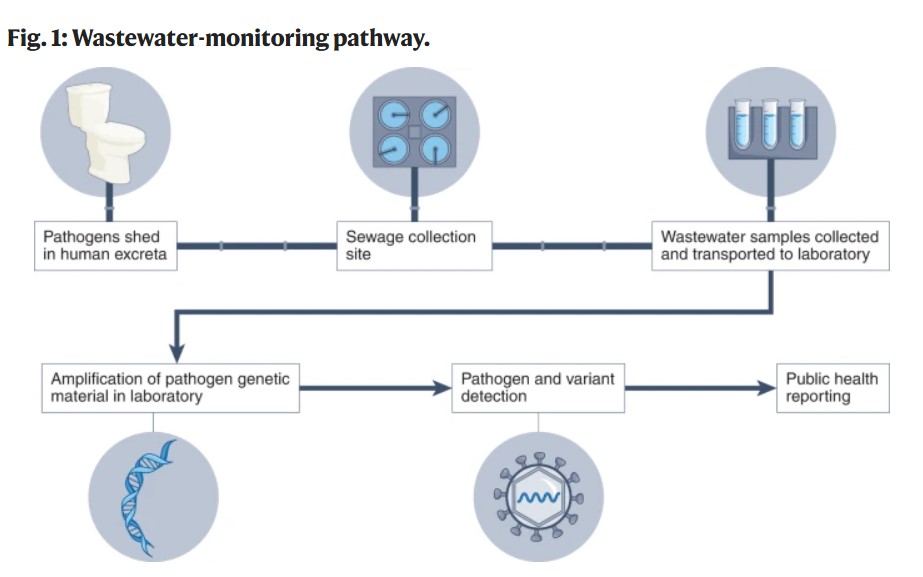7667766266
enquiry@shankarias.in
Mains: GS III – Science and Technology
Recently the Indian Council of Medical Research (ICMR) has recently said that it will initiate wastewater surveillance as a part of environment surveillance measure for 10 viruses across 50 cities.


The Hindu| Environmental surveillance